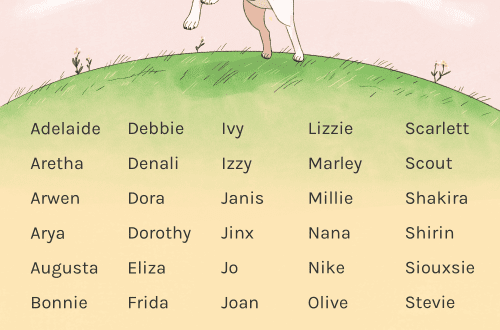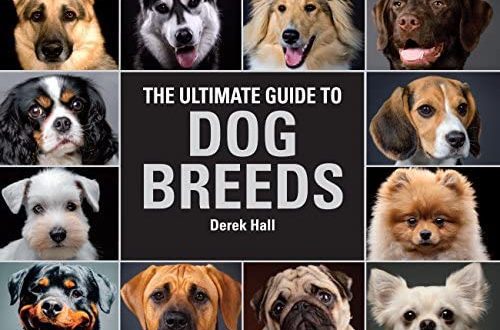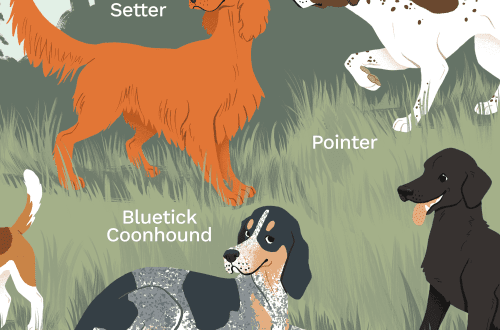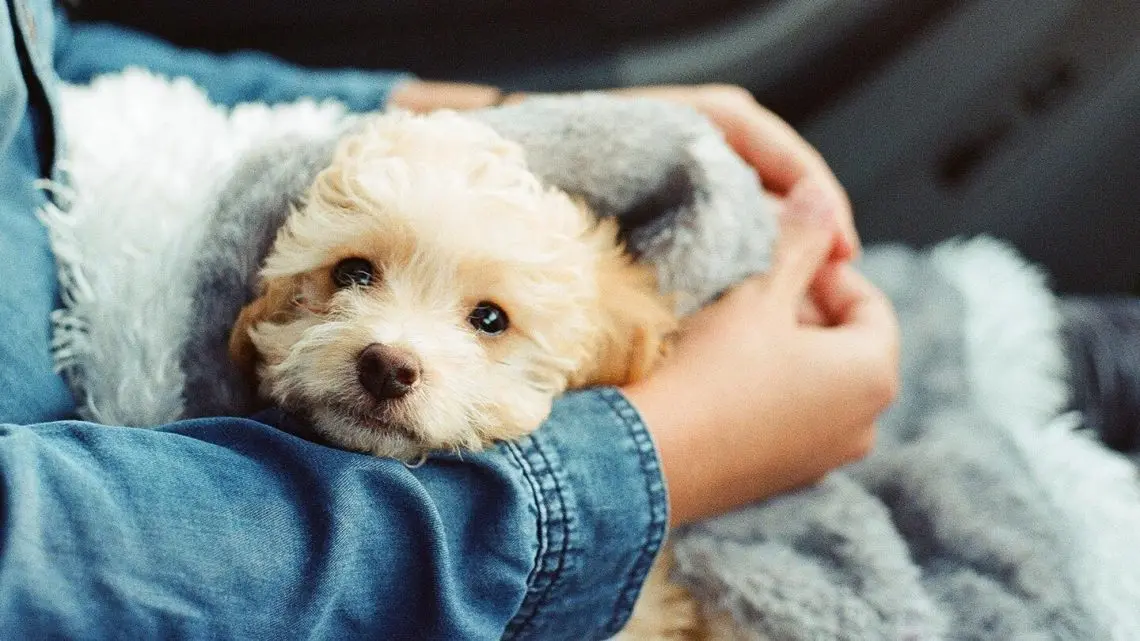
Dog breeds for allergy sufferers
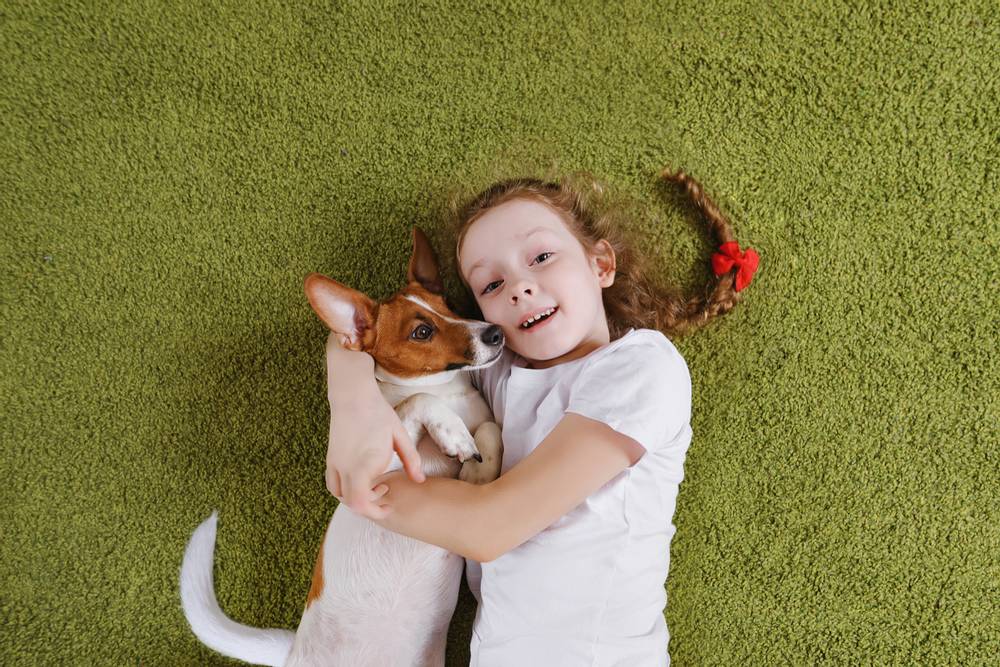
The first thing people who are allergic to animals need to know is that it is not wool that provokes the reaction, as many are convinced, the allergen is a special protein that is contained in the saliva, urine and dander of the dog. Therefore, the presence or absence of wool does not directly affect allergies.
What to look for when choosing a pet?
- One of the factors that provoke the development of allergies is molting. At this time, there is a change in the coat: hair actively falls out, the skin flakes off more intensively, dandruff occurs. When choosing a dog for allergy sufferers, it is important to look at the breed’s tendency to shed. Animals in which the coat does not fall out or in which molting occurs rarely are better suited.
- Salivation is the second dangerous factor. Saliva may contain an allergen. It is quite expected that for this reason, representatives of brachycephalic breeds are unlikely to be included in the list of hypoallergenic dogs: pugs, bulldogs, Pekingese, as well as mastiffs and great danes.
- Pay attention to the size of the pet. The larger the dog, the more allergens it releases. This is true when living in an apartment.
Recommended Breeds
To date, there are no completely hypoallergenic dog breeds. No breeder can give you a XNUMX% guarantee that no one in the family will be allergic to a pet. This is an individual reaction of the body. However, there are a number of breeds that international kennel clubs recommend for establishments. What are they, dogs for allergy sufferers? The list is quite varied:
- Bedlington Terrier. The White English Terrier does not shed, and its thick, soft coat is sheared 3-4 times a year.
- Bichon Frize. It also practically does not shed, but its coat requires quite careful care.
- Chinese Crested. Due to the partial lack of hair, this dog can be recommended as a hypoallergenic breed. However, you should carefully care for her skin to avoid the appearance of peeling and dandruff.
- Coton de Tulear. These little white dogs are the descendants of the Maltese, which hardly shed or smell.
- Irish Water Spaniel. Representatives of the breed are rather large dogs, they are ideal for living in a country house. The coat of the Irish Water Spaniel does not require much grooming and hardly sheds.
- Kerry-Blue Terrier. Another Irish dog breed that does not shed. But care is enough for care: this terrier needs daily combing of curly hair and periodic trimming.
- Maltese. White miniature dogs are considered hypoallergenic because they have no undercoat, and the coat hardly sheds. But in order to maintain the aristocratic appearance of the Maltese, they also need daily combing.
- Poodle. The advantage of this breed is wool, which sheds slightly. It is recommended to cut the dog monthly, bathe it weekly and comb it every 1-2 days with the help of special combs.
- Portuguese water dog. This dog is in many ways similar to a poodle: its coat does not shed, but requires weekly grooming.
- Schnauzers. They do not shed, but need trimming and daily brushing. This is especially true for beards and mustaches.
- Irish Soft Coated Wheaten Terrier. Representatives of this breed do not have an undercoat, besides, they do not shed. But they require regular haircut and trimming.
- Xoloitckuintli. This dog does not have hair, but it is important to monitor the condition of its skin.
- American Hairless Terrier. The name of this breed speaks for itself: dogs do not have wool and undercoat. That is why they need more thorough skin care.
- Lagotto romagnolo. The Italian Water Dog does not shed either, despite its thick, curly coat. But it needs to be trimmed and combed regularly.
- Peruvian Hairless Dog. This dog is also hairless, it has no hair, and it does not shed. But, like other hairless dogs, she needs special skin care.
preventive measures
Choosing a dog for an allergic person requires special attention and responsibility, and the pet should be carefully looked after and not neglect the recommendations of breeders and veterinarians.
- Bathe and brush your pet regularly. Careful care of the dog’s coat and skin makes the risk of developing allergies minimal. Of course, combing should be entrusted to a family member who does not have allergies.
- Regularly carry out wet cleaning in the house. It is recommended to wipe the furniture daily and dust the carpets twice a week.
- Keep track of your dog’s health. The condition of the pet’s skin and coat directly affects its allergy. The drier the skin, the more likely it is to develop dandruff.
December 18 2017
Updated: December 22, 2017



